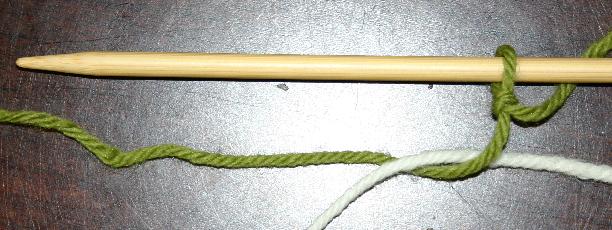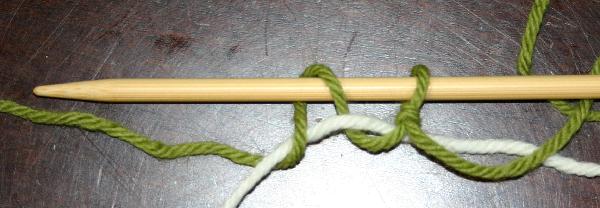If blocking a rectangular shawl is as simple as stretching it out to the right rectangular dimensions then blocking a round shawl should be stretching it out to the right circumference right?
Of course it is never as simple as that. There are several very imporant things to get right or your blocked shawl will not look right.
First, which is probably obvious, is to lay out the shawl on a blocking board. I prefer to do this with the board flat on a table. Then stretch by hand, loosly, to remove any wrinkles. Next and most important but often forgotten, pin the center of the shawl. All critical measurements will be done from the center.
If the shawl has points, as shown above in the example, a mystery shawl knit in Ivy Brambles Romantica we use these to aid in finding the edge. If it doesn't you will need to use curved blocking wires and identify points on the edge for taking measurements. If the shawl has points don't waste your time with curved blocking wires, they really don't help.
Block out evenly to size. Top to bottom and side to side (4 points) checking distances from the center and evenly spacing the points by measuring between them. Repeat this for all intermediate points making sure they are evenly spaced around the shawl and equidistant from the center.
If your shawl has distinct straight lines use straight blocking wires and pull the lines straight by threading the wire through the shawl about every 2 inches or as necessary. You may not need to straighten every line in this way but do at least four evenly spaced around the shawl. If your shawl does not have any straight lines, such as the mystery shawl pictured above, it may be sufficient to just smooth the pinned shawl by hand until it looks right. If it doesn't want to stay in place use a few more pins spaced evenly around the shawl, taking measurements from the center and between the pins.
Your shawl should now look perfect!
With Romantica we block the shawl by wetting it thoroughly with a hand spray bottle and leaving it to dry for 24 hours or more. If you did it right your shawl should stay blocked after being removed from the blocking board. A correctly blocked shawl should lay flat, be the correct size, and uniform in all dimensions.























